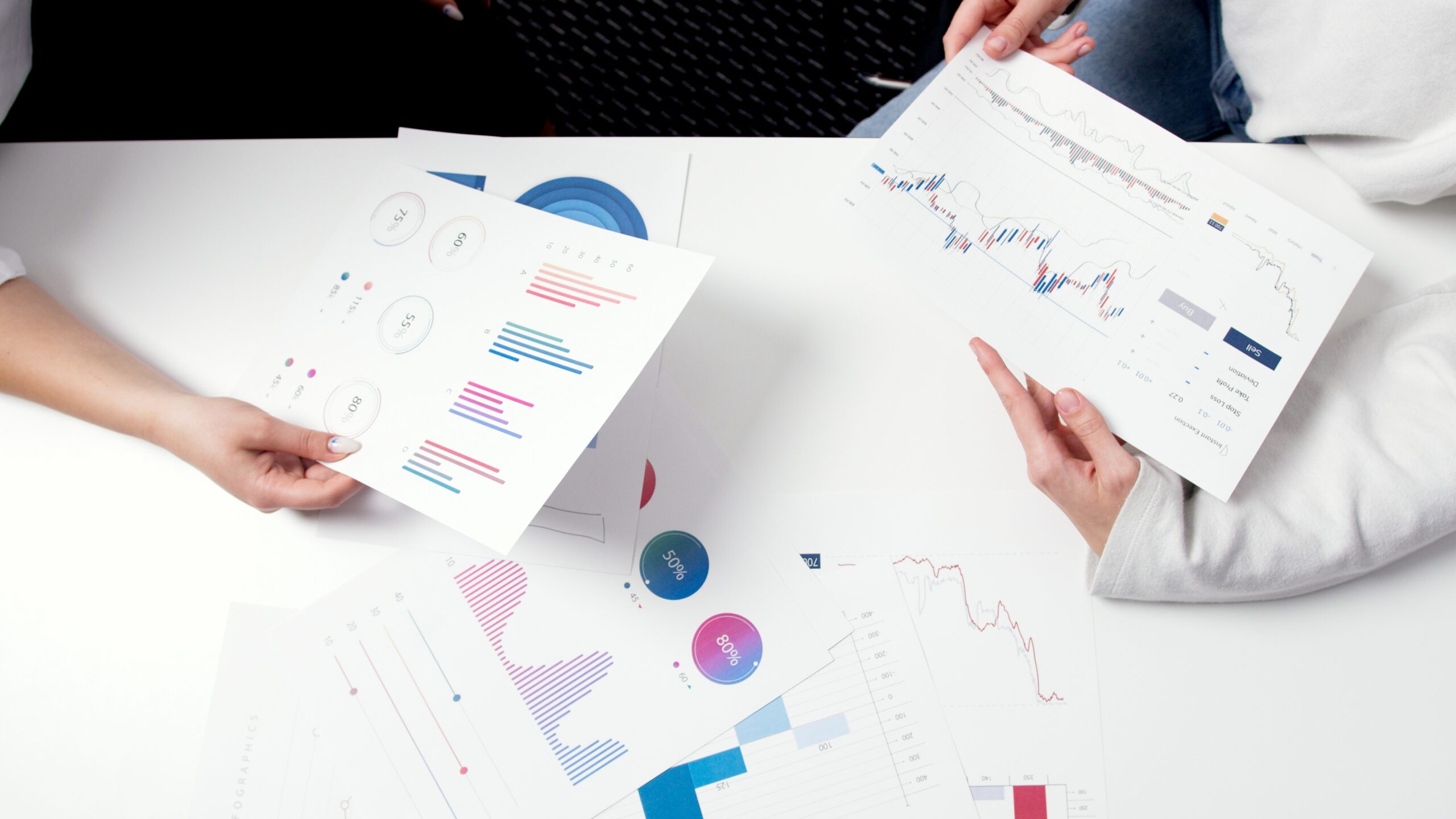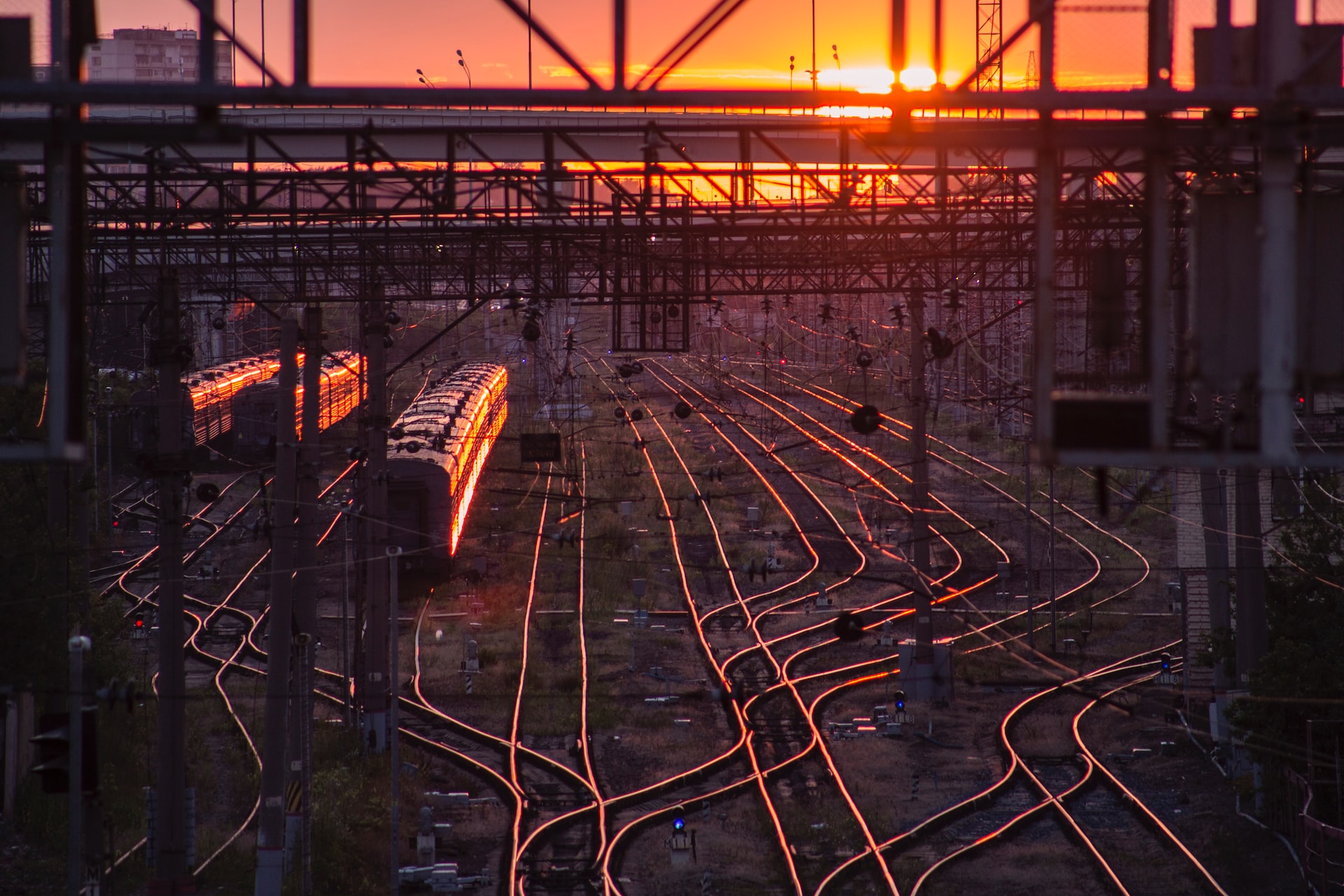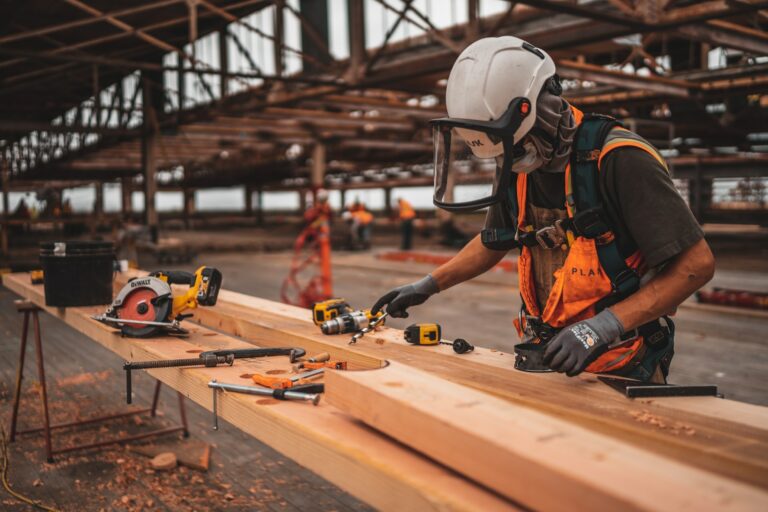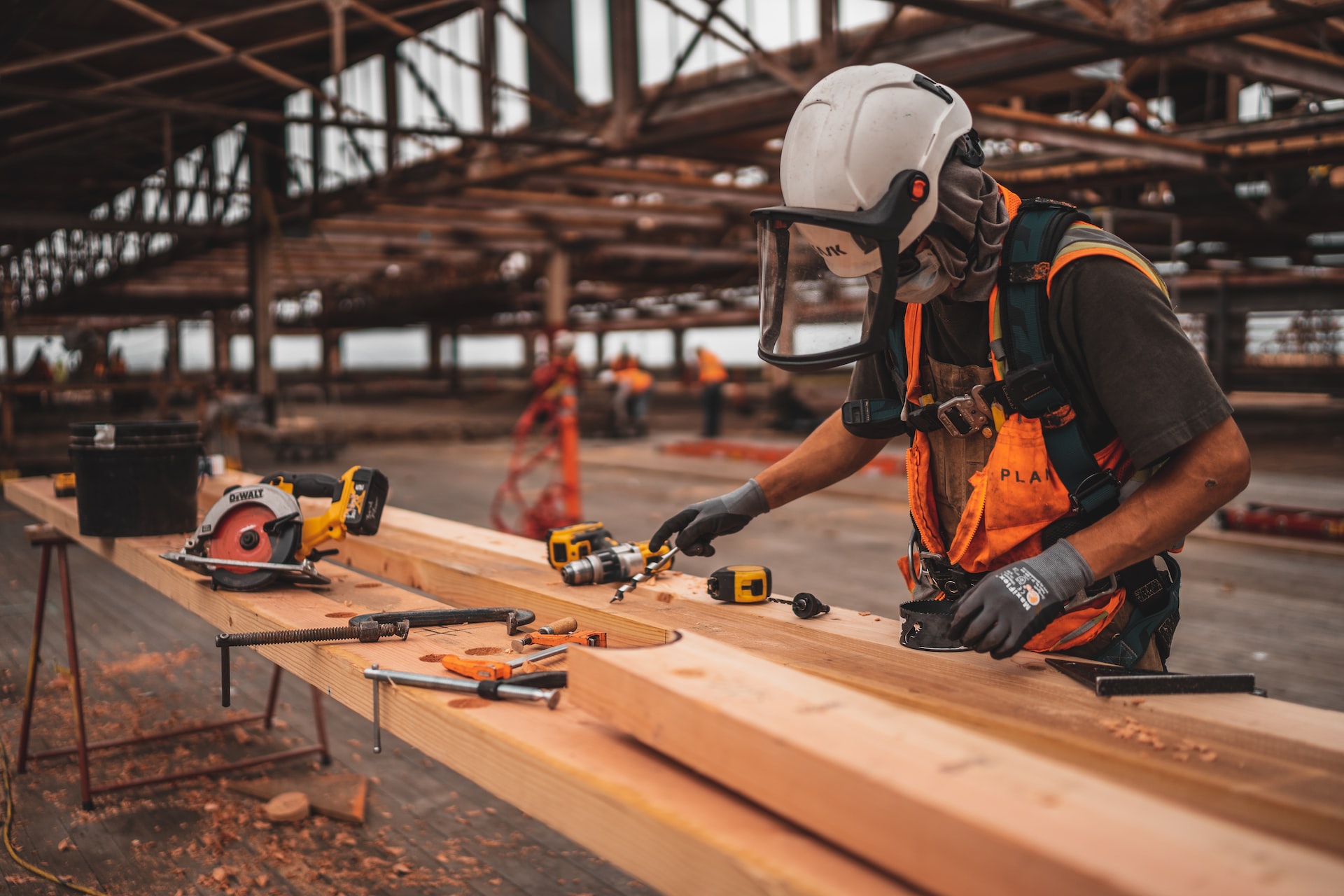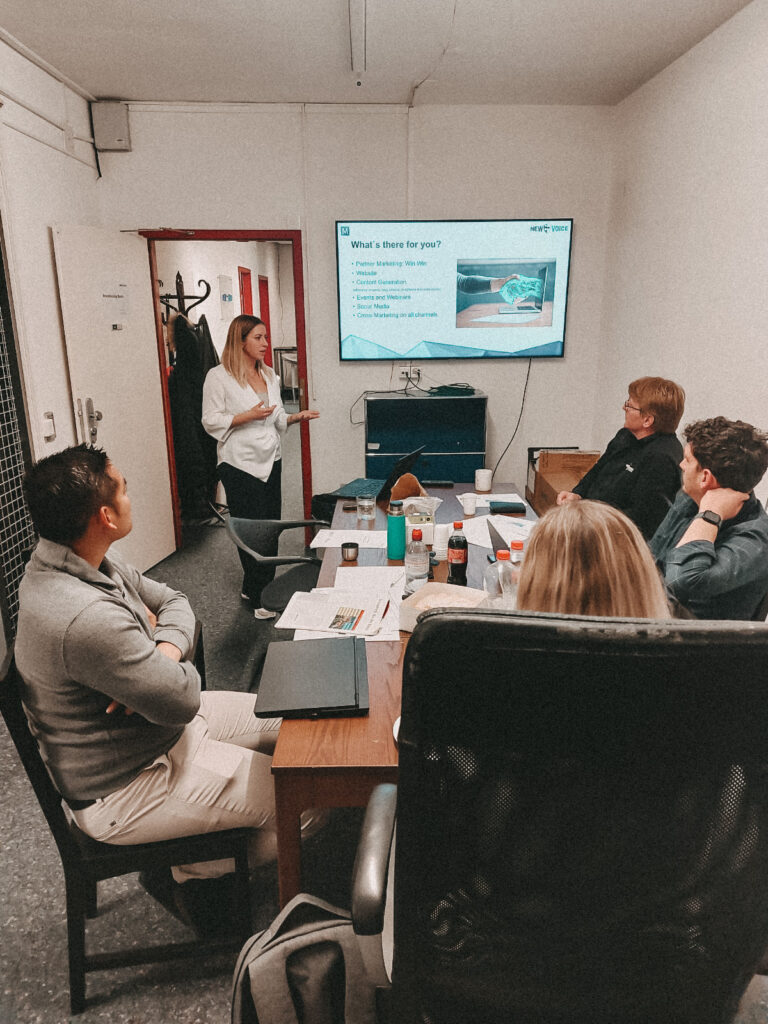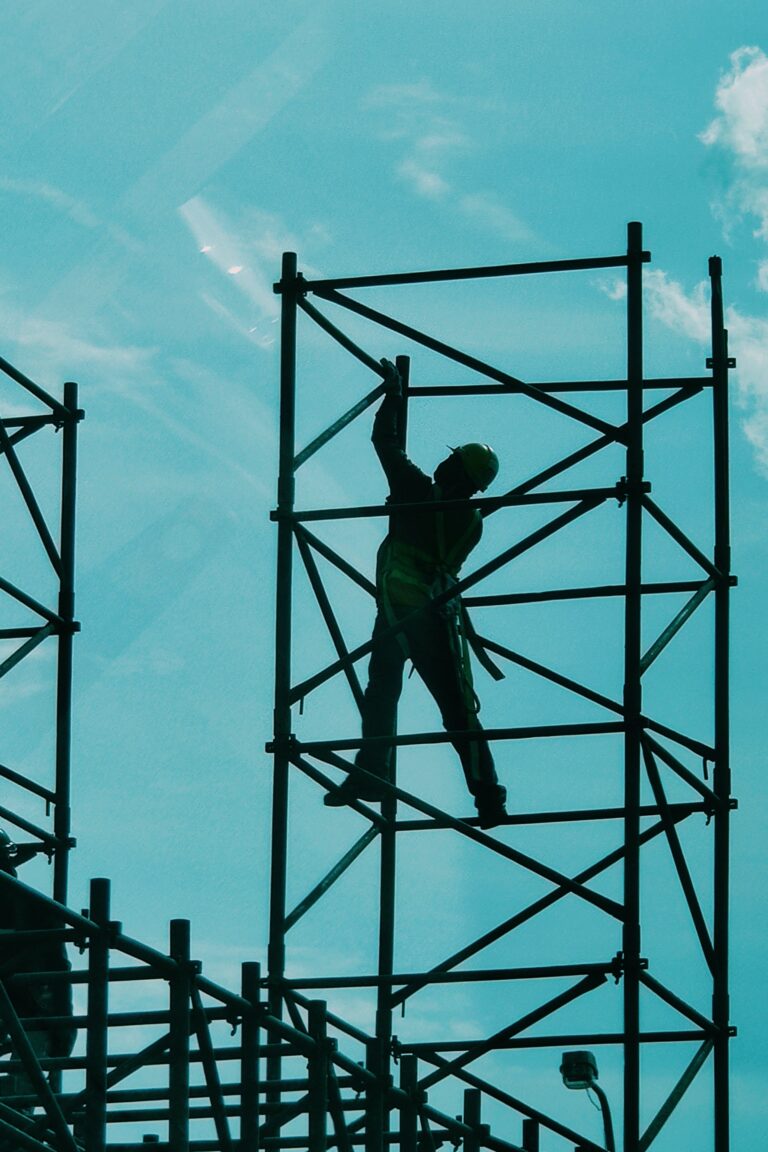
Lone Worker Protection in the Construction Industry
Introduction
Construction work is one of the most dangerous occupations, with numerous potential hazards that can result in serious injuries, illnesses, or even fatalities. One frequently overlooked aspect of construction safety is the issue of lone worker protection. A lone worker is any individual who operates without direct supervision, and often in isolation from their coworkers.
Lone worker protection involves safeguarding these vulnerable employees by providing them with specific safety measures, technology, and support. This article will discuss the importance of implementing lone worker protection in the construction industry, the risks faced by lone workers, and the benefits of such protection measures.
What is a Lone Worker in Construction Business and Operations?
A lone worker in the construction industry is any employee who works alone or without direct supervision. This can include a range of job roles, such as:
– Equipment operators, who may be working independently at a remote site or operating heavy machinery alone.
– Architects, engineers, or surveyors, who often visit construction sites for inspection or assessment without direct support.
– Maintenance and repair personnel, who may be responsible for addressing equipment breakdowns, leaks, or other issues on a construction site.
– Subcontractors or self-employed individuals, who typically work independently or in small teams in various construction operations.
– Night shift workers or security personnel, who may be assigned to a construction site when other employees have left for the day.
Why Should Construction Companies Implement Lone Worker Protection?
There are several reasons why construction companies should invest in lone worker protection:
- Legal Obligations: Employers have a legal and moral duty to ensure the safety and well-being of their employees, including lone workers. This responsibility is outlined in various health and safety regulations and guidelines.
- Increased Risks: Lone workers are more vulnerable to specific workplace hazards due to their lack of immediate support and assistance. Implementing protective measures can help to minimize these risks and keep lone workers safe.
- Enhance Productivity: By improving safety measures in place, construction companies can ensure their employees remain safe and healthy, resulting in fewer work-related accidents and increased productivity.
Biggest Risks for Lone Workers in Construction Operations
Some of the most common risks faced by lone workers in the construction industry include:
- Physical injuries: Falls from heights, equipment accidents, and other incidents can result in serious injuries, especially if the worker is unable to call for help or receive quick medical attention.
- Health issues: Exposure to hazardous substances or poor working conditions can result in long-term illnesses, which could go unnoticed or inadequately treated if the worker is alone.
- Mental health problems: Isolation and prolonged periods of working alone can lead to stress, anxiety, and depression among workers.
- Violence and assault: Lone workers can be more vulnerable to robbery, aggression, or other forms of violence.
- Poor communication: Inadequate support or communication channels can impede the lone worker’s ability to access information, report issues, or request help in emergencies.
How Does Lone Worker Protection Function in Constructions?
Construction companies can implement a range of protective measures and systems to safeguard the well-being of their employees. Some of these might include:
- Risk assessments: Identify potential hazards and risks associated with the work of lone workers and develop strategies to mitigate them.
- Supervision and monitoring: Implement regular check-ins, either through direct communication or remote monitoring systems, to ensure the worker’s safety and to provide support as needed.
- Communication tools: Provide effective, reliable communication methods to ensure lone workers have easy access to help in an emergency.
- Training and resources: Offer training and resources to inform lone workers about potential risks and hazards, as well as how to mitigate them effectively.
- Personal protective equipment: Provide appropriate Personal protective equipment to ensure the safety of lone workers on site, considering the specific risks and hazards related to their work.
- Install lone worker protection protocols with newest technology software updates: Use the latest technologies which provide the fastest solution if your employees fell (loss of vertical), trigger automatic alarms or add video surveillance. Such security systems will help you to provide assistance in the fastest manner.
- Use portable devices: With the help of a smartphone you can automatically identify if something happened to your employees and send help immediately.
- Use lone worker protection apps: it is the easiest way to install lone worker protection system and include all personnel as everyone is familiar with smartphones and can easily adapt and use the software which can save lifes.
7 Benefits of Lone Worker Protection in Construction Business
- Compliance with legal responsibilities: Lone Worker Protection systems ensure that construction businesses comply with health and safety regulations. This can save businesses from costly penalties, fines, and potential lawsuits. Moreover, compliance to these regulations also demonstrates responsible corporate behavior.
- Improved employee retention: Construction companies that invest in Lone Worker Protection systems are likely to retain their workforce better, as employees would appreciate the company’s focus on their safety and wellbeing.
- Enhanced productivity: The assurance of safety instills confidence in the lone workers, allowing them to take appropriate risks and make quicker decisions. Consequently, their productivity improves, contributing to higher efficiency in construction projects.
- Avoidance of financial losses: Work-related injuries or fatalities can lead to significant financial burdens on construction companies, such as indirect costs of rehiring, loss in productivity, and increased insurance premiums. By investing in Lone Worker Protection systems, businesses can save a considerable amount of money by averting these losses.
- Reduction in on-site emergencies: Lone Worker Protection systems have built-in emergency response mechanisms that alert relevant personnel and rescue centers during life-threatening situations. This swift response reduces the likelihood of serious accidents on construction sites and saves lives.
- Real-time monitoring and reporting: With the Lone Worker Protection system in place, construction companies are equipped with real-time monitoring of their workforce. This enables them to make timely decisions and take corrective actions as necessary, ensuring the smooth flow of their operations.
- Reputation Management: Construction companies that prioritize worker safety and invest in protective measures demonstrate a commitment to their employees and establish a positive reputation in the industry.
New Voice experience with Lone Worker Protection in construction industry
With over three decades of expertise in the security field, we specialize in providing comprehensive and reliable lone worker protection solutions to a variety of environments.
Our proprietary products such as MobiCall offer peace-of-mind with real time tracking, alerting features and data safety – all supported by 24/7 monitoring systems.
We work closely with our clients to ensure that their employees’ safety is never compromised whether through existing infrastructure or custom installations tailored towards specific needs.
If you are looking for additional help regarding solitary personnel protection let us know how we can be of service!

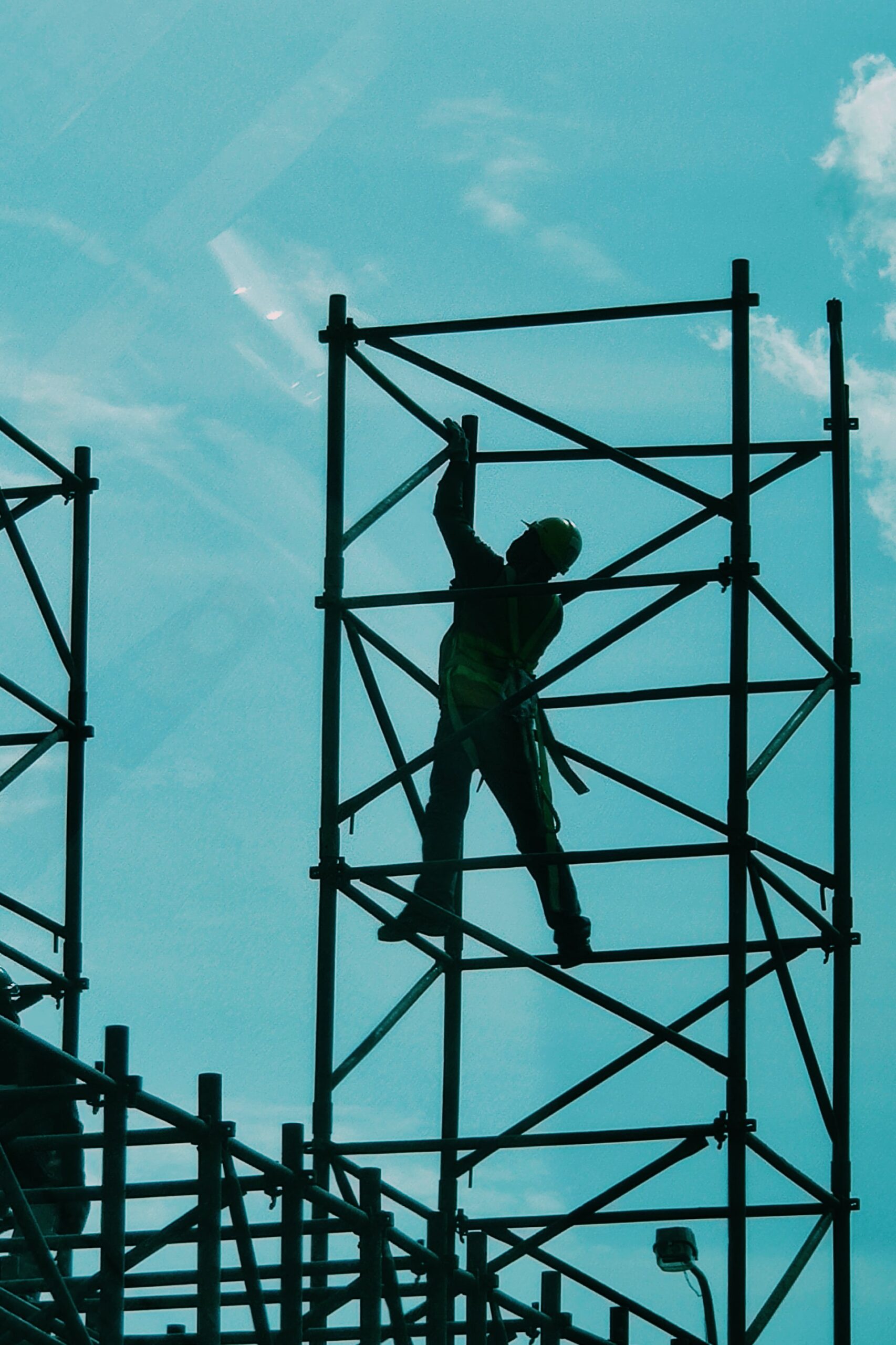
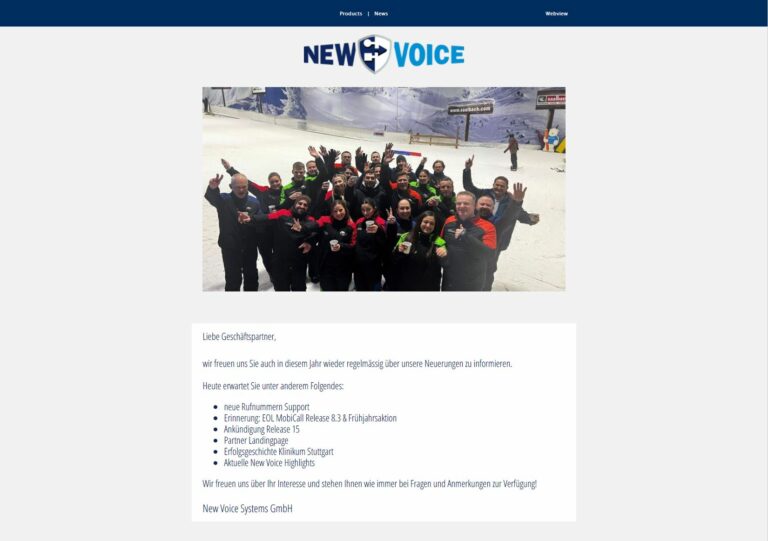
 Our Newsletter is here !
Our Newsletter is here !
